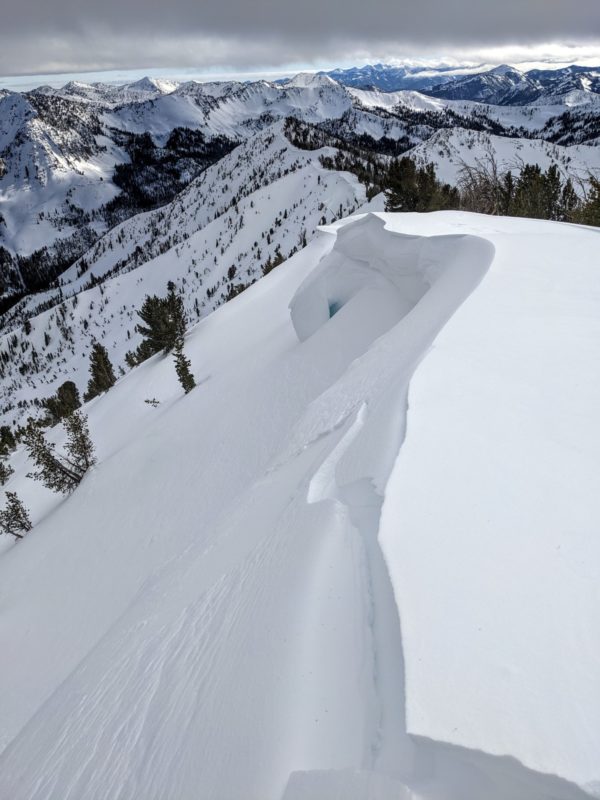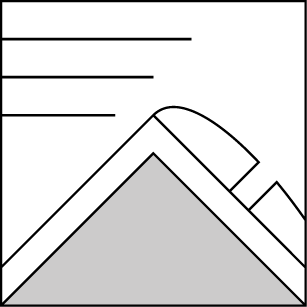Basic Information
Observation Details
Observation Date:
February 27, 2022Submitted:
February 28, 2022Observer:
SAC - VandenBosZone or Region:
Sawtooth and Western Smoky MtnsLocation:
Eureka Peak (7,000-10,100', all aspects excepting S)Signs of Unstable Snow
Recent Avalanches?
None ObservedCracking?
WidespreadCollapsing?
None ExperiencedSnow Stability
Stability Rating:
Very GoodConfidence in Rating:
ModerateStability Trend:
Media/Attachments

Advanced Information
Weather Summary
Cloud Cover:
OvercastWind:
ModerateOvercast skies thanks to a cloud deck around 9,000-10,000'. Winds calm down low, light at middle elevations and light gusting moderate at upper elevations.
Avalanche Observations
Observed one slide that had not yet been reported, but was not recent.
Snowpack Observations
Primary objectives were to look at the amount of recent wind-loading, the amount of snow available for transport, and the budding persistent problem that is currently near the surface.
Wind: It seems that the wind has gone through most of its ammunition for the time being. A shift in wind to a more northerly direction and an increase in wind speed would be the exception to this. Here, there is still some loose snow to transport, but not a ton. It would have to be digging deeper into terrain (stronger winds) to make this happen, but loading becomes less effective at that point.
Wind slabs: I found a generation of recently formed slabs along and near ridgelines and exposed terrain. These were thin (10-20cm thick), dense (1F or harder), isolated, rubbery, and largely stubborn to unreactive. I was able to initiate some fractures in these slabs including one pocket that broke about 20' wide, but only where they were resting on an icy crust (E/SE aspect). All other slabs that I encountered were unreative.
Budding persistent problem: As described in previous obs, the budding persistent problem exists in this zone as well. Here's what it looks like on shaded aspects: weak snow that developed during the month of January was buried by a few small storms during the month of February. Snow from February is faceting about as quickly as it is being buried. This has created a stack of F to F- facets in the upper 30-40cm of the snowpack, underlain by a dense (1F+ to P) slab. There isn't much of a slab on top of this yet, but if we build one it is going to get ugly out there. Intense winds during the month of February have cleaned this problem out of much of upper elevation terrain, but it is widespread at lower and middle elevations. On the northern half of the compass this is mostly a stack of advanced facets, as you wrap around the solar margins it also includes a few crusts that have formed during periods of warmer, sunnier weather.
Avalanche Problems
| Problem | Location | Distribution | Sensitivity | Size | Comments |
|---|---|---|---|---|---|
 Wind Slab
Wind Slab
|
|
Comments: I was not interested in tangling with fresh, hard wind slabs in steep terrain. |
Terrain Use
I avoided dense, recently deposited slabs, both for ease of travel/better skiing and safety.

